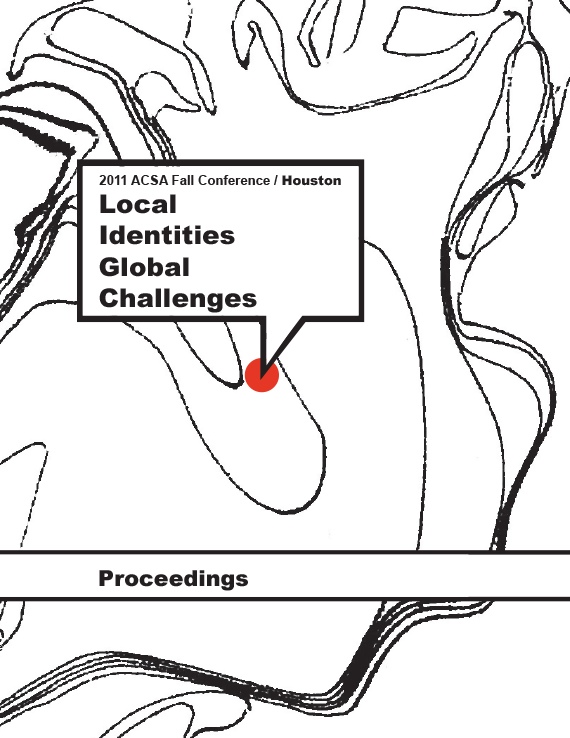Author(s): Isaac Lerner
Lewis Mumford, in his book titled Sticks and Stones: a Study of American Architecture and Civilization, characterizes the Modern period in terms of the dominant influence of mechanical industrialization, and the consequent subliminal effect of inducing a “blind creativity” among designers. That is, in this context he referred to the industrial assembly line as an archetype for regulating thought and practice in design. The bias of the assembly line subliminally prejudiced a new precedent in the production of building components and materials by means of mass production. These building elements and systems were available, in practice, through catalogues and other media that prejudiced values of standardization and uniformity just as mechanical mass production was a means of ‘producing a million things all-the-same and very cheap’. For Mumford, the effective result was a bland homogeneous repetition of form in architecture and urbanism manifesting a ‘blind creativity’ induced by an environment of mechanical industrialization. The major consequence for formative expression was a loss of a particular identity of built-works for that of a universal identity as epitomized by the concept of the International Style; a style which fundamentally valorizes an econocentric and technocentric aesthetic. In this regard, Mumford observed that communities were designed, for example, for the automobile and not the more complex dimensions of a humanistic society imbued with the values of tradition, ritual and symbolic communication. The concept of ‘blind creativity’ now applies to our contemporary postmodern automated culture. The mechanical assembly line has become automated essentially by means of feedback, or information processing, so that production has changed in a two-fold manner. First, it has increasingly become contextually sensitive in the manner of ‘bespoke design’ and second, with the use of information processing this also provides a medium of communication that increasingly includes the user and consumer in the process of design and production. The automated industrial process, incorporates information as a new ‘material’ and consequently extends the parameters of design to include the consumer and the geographic context; i.e. sustainable design. Therefore, by means of feedback it is possible to produce ‘a million things all different and very cheap’. However, these automated abilities have not extended contextual concerns to include the effects of either mechanization or automation on the psychological and sociological dimensions in the creation of architecture or urbanism. Within this post-industrial framework a lack of a humanistic identity is compromised for the generation of form that expresses the possibilities of the extreme expressions facilitated by means of a new cyber-spatial environment. The aim of this paper is to explore the formal cause and consequence of displacing the identity of local communities and embodied values through design for the Globalized Village of ‘Disneyfied’ commercialism and, how this is a consequence of a blind creativity of the current automated context in which designers work. This is not a result of the mechanical means of design but rather, of an attitude and sensibility blindly prejudiced by the bias of the digital environment of the emergent electronic communication infrastructure.
Volume Editors
Ikhlas Sabouni & Jorge Vanegas

 Study Architecture
Study Architecture  ProPEL
ProPEL 
